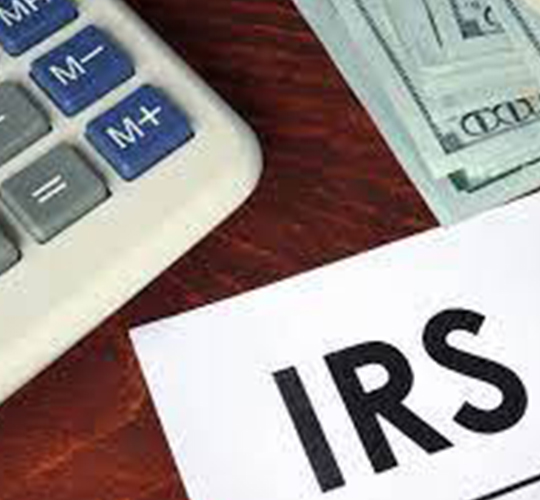Taxpayer Bill of Rights While Dealing with IRS
The Internal Revenue Service (IRS) is well renowned for issuing 90% of tax refunds within 21 days. At the same time, it's possible that your tax returns will take a little longer to arrive because they'll need to be double-checked. E-filing for tax returns is becoming increasingly common in the United States, and it is one of the quickest and most convenient ways to receive an IRS refund. Choosing direct deposit speeds up the procedure even more by allowing the IRS return to be deposited immediately into your bank account within a short period of time.

If the entire procedure takes more than 21 days, taxpayers can monitor the progress of their application on the IRS website using the "Where's my refund" option. This tool is updated once a day, thus the taxpayer does not need to check the status very frequently. Within one day of the IRS receiving your tax refund application, you can check the status of your application. We've compiled a summary of some of the most important IRS tax refund standards for tax preparers in this post.
IRS Tax Refund Information Guidelines
The advantages of e-filing tax returns far outweigh the traditional practice of mailing the tax returns on paper. The status of the IRS tax refund can be checked only after 4 weeks of sending the paper tax return application, whereas, in the case of e-filing, the status is available within 24 hours.
Some of the key guidelines which can be followed by the tax preparation community and therefore help their clients receive their returns faster include -
Where's My Refund?
The IRS website has a very valuable option of checking the status of an e-filing tax return application. This option, known as "Where's my refund", can be used to track the application in real-time. The government encourages the taxpayers to use this option on the IRS2Go mobile app as well which is now available in all the app stores. The status is usually live within 24 hours after e-filing of the application. The Where's my Refund option has a 3-step tracker which indicates the status of your return, including -
1. Return Received
2. Refund Approved
3. Refund Sent
Status Checking
Each individual taxpayer needs to use his/her social security number, filing status, and the exact IRS refund amount to check the status on Where's my Refund. It provides a personalized refund date soon after IRS has processed the tax refund and approves it. If the filing of the tax return exceeds 21 days, then taxpayers have the option of calling and consulting the IRS walk-in representatives to enquire about their application status.
Claiming EITC or ACTC
If a taxpayer is claiming Earned Income Tax Credit (EITC) or Additional Child Tax Credit (ACTC) they can file their tax returns anytime after the season begins. Due to the new PATH Act of 2015, the IRS needs to hold the tax returns of such taxpayers at least till February 15. This is to stop fraudulent returns from taking place and gives the IRS enough time to verify the details of the applicant. Only a small percentage of filers will fall into this category. The status portal and mobile app will be updated with the relevant deposit dates for early EITC/ACTC refund filers. It is important to know that the IRS, tax preparers and the tax software will not have any kind of information on the refund dates.
Help Clients File Accurate Tax Return
E-filing combined with the option of direct deposit is the best way to get your IRS refunds within a quick time. The following steps need to be taken by the tax preparer to ensure that the tax refunds are processed quickly for their clients -
1. File the tax returns electronically
2. The tax returns must be complete and error-free
3. The Social Security number or the Taxpayer Identification number of the taxpayer and their dependents must be verified for correctness
4. If choosing direct deposit, the correct bank account and routing number must be verified and then provided
5. Provide the correct address in case there is a need to mail the refund check
Direct Deposit
The Internal Revenue Service always encourages using the direct deposit method for tax refunds. 80% of the taxpayers use this method as it is one of the fastest and safest methods of receiving the tax refunds. To opt for the direct deposit method, the taxpayer needs to have a bank account number and the routing number. It is important to remember that the taxpayer can get the tax refund in up to a maximum of three bank accounts. There is also a limit of three tax refunds into a single account.
Reasons for Delay
The IRS ensures that most of the IRS refunds are processed as quickly as possible, but there are instances when there are slight delays. Some of the common reasons for delay in tax refunds may be because -
1. The applications has errors or is incomplete
2. The application has a claim for the EITC or ACTC and is filed before the scheduled date
3. The application is linked to some kind of fraud or identity theft
4. The application includes the Form 8379 (Injured Spouse Allocation) and could take up to 14 weeks to process